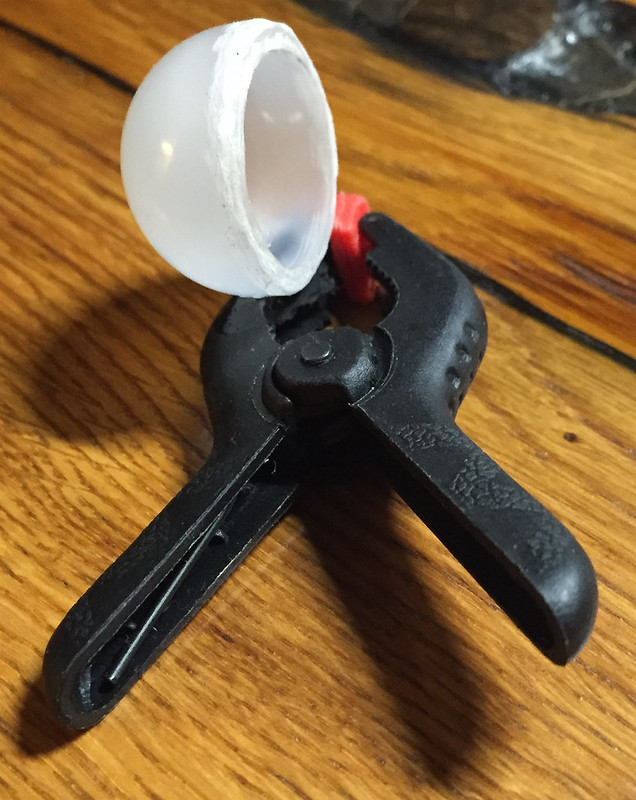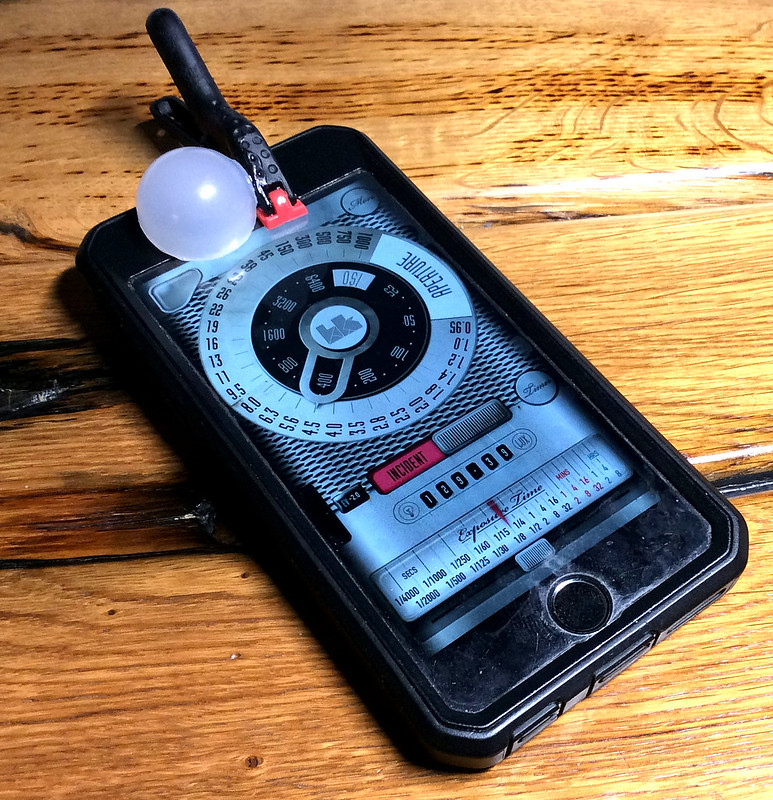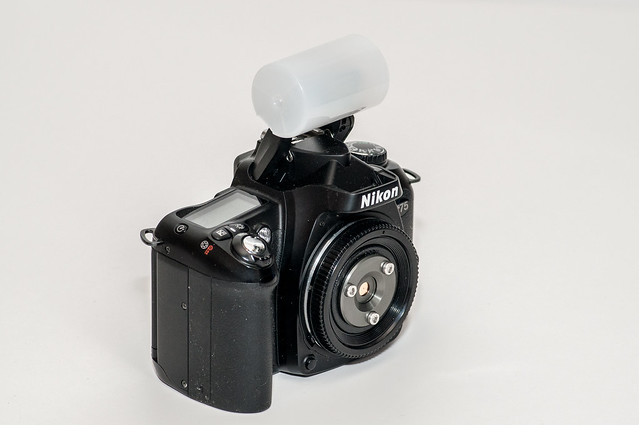Ok - not sure if there is a thread this should go on, but I couldn't find one.
Anyway, as I'm just getting back into film, and there seem to be quite a few light meter apps for smartphones, I started looking for a suitable diffuser to use the incident metering mode which uses the front camera.
All I could come up with was the Luxi, which is available from Amazon for £46 for what is essentially a plastic dome and a clip.
Anyway, I started looking for suitable domes and found the following E14 LED bulbs sold as a pack of 2 for £6.40.
The diffusers are plastic, so with a small saw, a clip I found in my DIY cupboard and a little superglue, i now have a very basic diffuser that clips to my phone, and cost under a fiver.
Getting the dome to fix to the clip in the right place was just a case of putting the clip on the phone, then resting the diffuser next to it covering the front camera and attaching with a tiny spec of superglue (I only used very little to avoid getting the glue on the phone). Then when set, I removed the clip/diffuser from the phone and put a fair bit more superglue around the join to ensure it was very secure.
I'm sure there are better clips out there, so I may well make an improved version, and will be neater with cutting the diffuser next time, but it seems to function well and is ok as the mark 1 version.
 Untitled by conradsphotos, on Flickr
Untitled by conradsphotos, on Flickr
 Untitled by conradsphotos, on Flickr
Untitled by conradsphotos, on Flickr
Anyway, as I'm just getting back into film, and there seem to be quite a few light meter apps for smartphones, I started looking for a suitable diffuser to use the incident metering mode which uses the front camera.
All I could come up with was the Luxi, which is available from Amazon for £46 for what is essentially a plastic dome and a clip.
Anyway, I started looking for suitable domes and found the following E14 LED bulbs sold as a pack of 2 for £6.40.
The diffusers are plastic, so with a small saw, a clip I found in my DIY cupboard and a little superglue, i now have a very basic diffuser that clips to my phone, and cost under a fiver.
Getting the dome to fix to the clip in the right place was just a case of putting the clip on the phone, then resting the diffuser next to it covering the front camera and attaching with a tiny spec of superglue (I only used very little to avoid getting the glue on the phone). Then when set, I removed the clip/diffuser from the phone and put a fair bit more superglue around the join to ensure it was very secure.
I'm sure there are better clips out there, so I may well make an improved version, and will be neater with cutting the diffuser next time, but it seems to function well and is ok as the mark 1 version.
 Untitled by conradsphotos, on Flickr
Untitled by conradsphotos, on Flickr Untitled by conradsphotos, on Flickr
Untitled by conradsphotos, on Flickr

